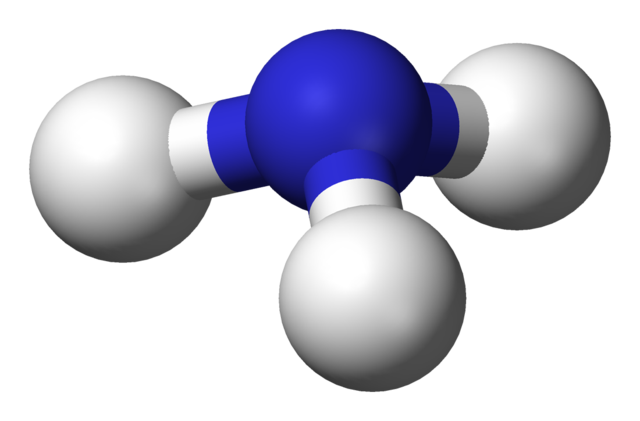| |
|
Q1-11: Ammonia is produced industrially in the Haber Process. The reaction is exothermic.
N2(g) + 3H2(g) ⇌ 2NH3(g) |
 |
1. What is the main source of the hydrogen used in the Haber Process?
- A. natural gas
- B. water
- C. air
- D. hydrochloric acid
|
|
2. What is the main source of the nitrogen used in the Haber Process?
- A. fertilizers
- B. natural gas
- C. air
- D. coal
|
|
3. What happens to the unreacted nitrogen and hydrogen gases in the Haber Process?
- A. they are collected and sold
- B. they are recycled back into the reactor
- C. they are collected and used at a later date
- D. they are thrown away as waste products
|
|
| 4. Approximately what temperature in degrees celcius is used in the Haber Process? |
|
5. Why is a higher temperature NOT used in the Haber Process?
- A. The equilibrium would move to the left reducing the amount of ammonia
- B. The equilibrium would move to the right increasing the amount of ammonia
- C. The rate of reaction would be slower at a higher temperature.
- D. The rate of reaction would be faster at a higher temperature.
|
|
6. Why is a lower temperature NOT used in the Haber Process?
- A. The equilibrium would move to the left reducing the amount of ammonia
- B. The equilibrium would move to the right increasing the amount of ammonia
- C. The rate of reaction would be too slow at a lower temperature.
- D. The rate of reaction would be too fast at a lower temperature.
|
|
| 7. Approximately what pressure is used in the Haber Process? |
|
8. What would happen to the rate at which equilibrium is reached, and the position of equilibrium, if a lower pressure was used?
| |
Rate |
Position of equilibrium |
| A |
increases |
Moves to the right |
| B |
increases |
Moves to the left |
| C |
decreases |
Moves to the right |
| D |
decreases |
Moves to the left |
|
|
9. Why is a higher pressure NOT used in the Haber Process?
- A. The equilibrium would move to the right increasing the amount of ammonia
- B. The equilibrium would move to the left decreasing the amount of ammonia
- C. High pressures are expensive to maintain
- D. The rate of reaction would increase
|
|
10. A catalyst is used in the Haber Process. What material is used for the catalyst?
- A. iron
- B. nickel
- C. copper
- D. manganese oxide
|
|
11. What effect does the catalyst have on the rate of reaction and the position of equilibrium?
| |
Rate |
Position of equilibrium |
| A |
increases |
Moves to the right |
| B |
increases |
No effect |
| C |
decreases |
Moves to the right |
| D |
decreases |
No effect |
|
|
|
